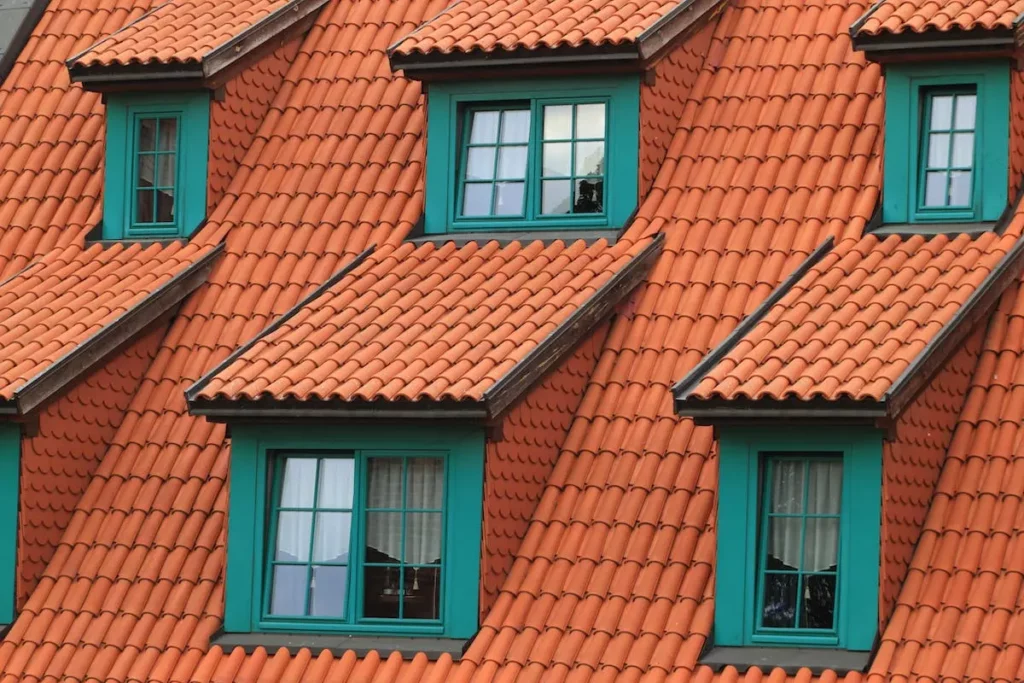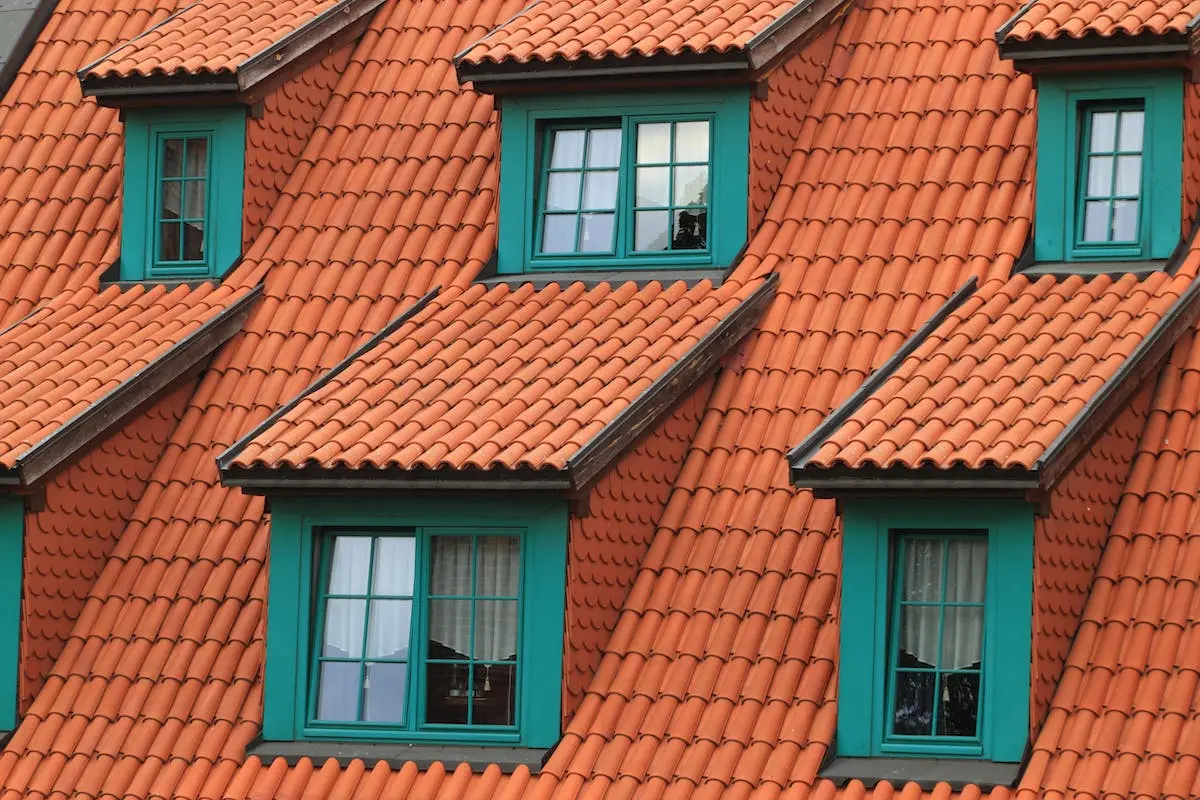Introduction to roofing shingles
Roofing shingles are small, individual pieces that are layered to cover the roof of a building. They are typically made from asphalt, fiberglass, or wood. Asphalt shingles, the most common type, are composed of a base material coated with asphalt and embedded with ceramic granules. This composition provides durability and protection against weather elements. Fiberglass shingles, on the other hand, have a fiberglass base mat layered with asphalt and mineral fillers. Wood shingles, often made from cedar, are crafted from thin, wedge-shaped pieces. Wood shingles offer a natural look and are eco-friendly.

Raw materials used in roofing shingles
Roofing shingles are typically made from asphalt, fiberglass, organic mat, and mineral granules. Asphalt serves as the waterproofing agent, while fiberglass and organic mat provide strength and stability. The mineral granules are then embedded into the surface to enhance durability and protect against UV rays.
Manufacturing process of roofing shingles
Roofing shingles are commonly made from asphalt. The manufacturing process starts with a base mat of fiberglass or organic material. The mat is coated with asphalt and then embedded with ceramic granules for protection against UV rays. The next step involves the application of a second layer of asphalt before the shingles are cut into individual pieces. This process allows for the creation of durable, weather-resistant, and aesthetically pleasing roofing shingles.
Types of roofing shingles
Roofing shingles come in different materials, including asphalt, wood, metal, slate, and tile. Each type of shingle offers its own benefits and drawbacks, so it’s important to consider factors such as durability, cost, and aesthetic appeal. Here’s a brief overview of the main types of roofing shingles:
- Asphalt shingles:
- Most commonly used type of shingle
- Available in a variety of colors and styles
- Affordable and easy to install
- Wood shingles:
- Made from cedar, redwood, or pine
- Natural and rustic appearance
- Require regular maintenance to prevent rot and mold
- Metal shingles:
- Durable and long-lasting
- Lighter weight than other shingle materials
- Can be more expensive upfront but have a longer lifespan
- Slate shingles:
- Known for their elegant appearance
- Extremely durable and fire-resistant
- Considered a high-end option, with a higher price tag
- Tile shingles:
- Made from clay or concrete
- Excellent for warm climates
- Heavy and may require additional roof reinforcement
Choosing the right type of shingle for your roof will depend on your budget, climate, and aesthetic preferences.
Quality control in shingle production
During the production of shingles, quality control is vital to ensure that the shingles meet the necessary standards for durability and performance. Here to catch any flaws or defects before they make their way onto your roof, quality control checks are performed at various stages of the production process. Raw materials such as asphalt, fiberglass, and minerals undergo stringent testing to ensure they meet the required specifications for strength and longevity. In addition, the manufacturing process is closely monitored to ensure that the shingles are formed correctly and that the asphalt coating is applied evenly. Final inspection then takes place to confirm that the finished shingles are free from imperfections and are ready to withstand the elements once installed.
Environmental considerations in shingle manufacturing
Shingle manufacturing can have an impact on the environment. Asphalt shingles, the most common type, are made using non-renewable resources like oil and have a relatively short lifespan. On the other hand, some manufacturers are now producing sustainable shingles made from recycled materials, such as plastic, wood fiber, or rubber. These environmentally friendly options often have a longer lifespan and are recyclable at the end of their use. Additionally, some manufacturers are implementing more sustainable production processes to reduce energy consumption and waste. Therefore, when selecting roofing shingles, consider the environmental impact of different materials and manufacturing processes.
Advantages of different types of roofing shingles
When it comes to roofing shingles, there are a few different types to choose from, each with its own set of advantages. Here are some things to consider:
- Asphalt shingles are the most common and affordable option. They are easy to install, come in a variety of colors, and provide good fire protection.
- Wood shingles have a natural, rustic look, and can last a long time if properly maintained. They are also eco-friendly and offer good insulation.
- Metal shingles are durable, lightweight, and can withstand extreme weather conditions. They are also energy efficient and offer a modern aesthetic.
- Slate shingles are known for their elegant appearance and longevity. They are fire resistant, low maintenance, and come in a range of natural colors.
Ultimately, the best type of roofing shingle for you will depend on your budget, climate, and aesthetic preferences.
Installation and maintenance of roofing shingles
Roofing shingles are installed by overlapping them in a series of rows, starting from the bottom edge of the roof and moving upward. They are secured with nails and each row overlaps the previous one to create a waterproof barrier. To maintain your roofing shingles, regular inspections are essential to check for any signs of damage, such as cracks, curling, or missing shingles. It’s also important to keep the gutters clear to prevent water from backing up under the shingles. Additionally, any necessary repairs should be carried out promptly to prevent further damage to the roof.
Cost factors in choosing roofing shingles
When choosing roofing shingles, the cost can vary depending on several factors such as the type of material, the size of your roof, and the complexity of the installation. Here are some cost factors to consider:
- Material: Different materials like asphalt, wood, metal, or slate have varying costs.
- Size of the roof: A larger roof will require more materials and labor, which can increase the overall cost.
- Installation complexity: Factors like the roof’s pitch and any special features can affect the difficulty of installation, impacting the cost.
Conclusion: Choosing the right roofing shingles
When choosing the right roofing shingles for your home, it is essential to consider factors such as the climate in your area, the durability of the shingles, and the aesthetic appeal. Some key points to keep in mind include:
- Climate: Ensure the shingles are suitable for the weather conditions in your region, whether it’s extreme heat, heavy rainfall, or strong winds.
- Durability: Look for shingles that are resilient and have a long lifespan, as this can save you money in the long run.
- Aesthetic Appeal: Consider the style of your home and choose shingles that complement its overall appearance.
- Cost: While it’s important to stay within budget, prioritize quality and durability over the initial cost.
By carefully considering these factors, you can make an informed decision and choose the right roofing shingles for your home.




